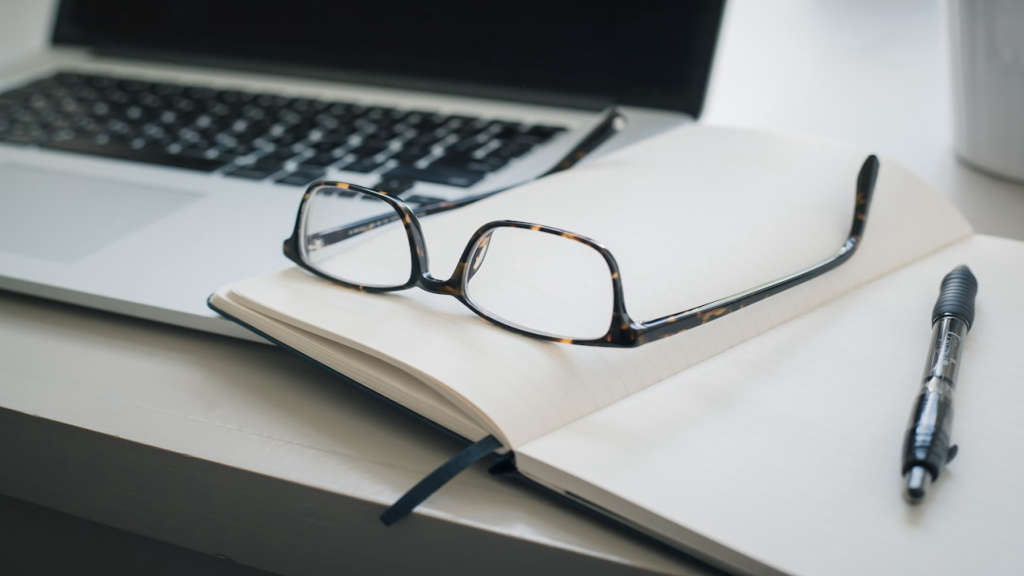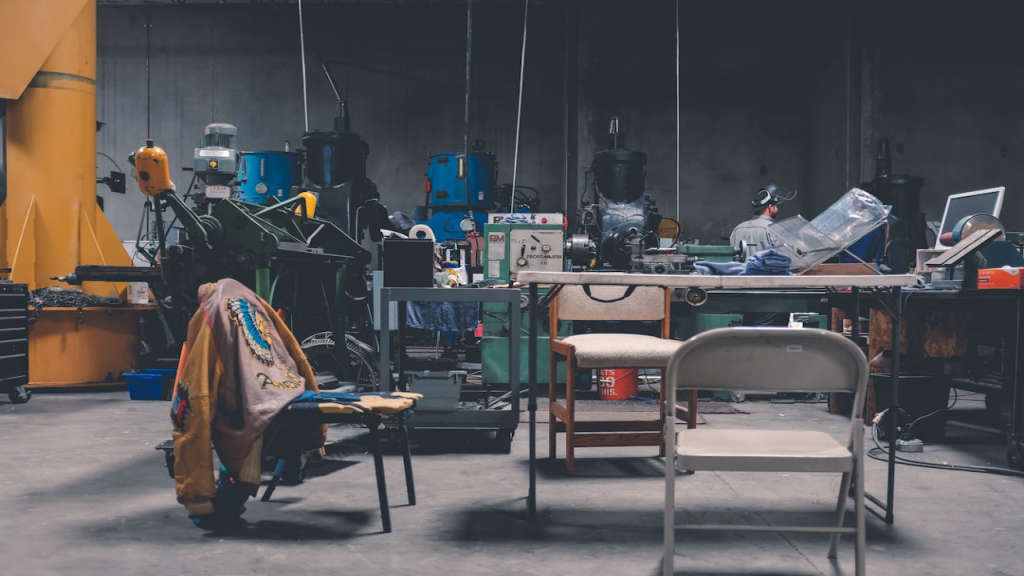In today’s fast-paced world, looking polished and professional is vital for making a strong impression at work. The right choices in your daily professional work wear can greatly enhance your confidence and productivity. This guide aims to help you navigate the ins and outs of office fashion, allowing you to express your style while remaining appropriate for your work environment. Let’s dive into the essentials that elevate your office attire without compromising professionalism.
Main Points
- Understanding the importance of professional work wear.
- Choosing the right fabrics and colors for various settings.
- Accessorizing appropriately to enhance your outfit.
- Finding the perfect fit for comfort and style.

Essential Elements of a Stylish Professional Wardrobe
In today’s competitive work environment, making the right first impression is often as vital as your actual qualifications. A well-curated wardrobe can speak volumes about your professionalism and personal style. However, determining what constitutes a professional look can sometimes be confusing. Here, we will explore the essential elements needed to create a stylish yet professional wardrobe that not only reflects your personality but also aligns with industry standards.
1. Tailored Pieces
Investing in tailored clothing can significantly elevate your professional appearance. Tailored blazers and trousers provide a polished look and ensure the best fit for your body type. When shopping, always prioritize quality over quantity. A couple of well-fitted pieces can outshine an entire closet full of poorly made items.
2. Versatile Basics
Every professional wardrobe should start with some versatile basics. These items can easily mix and match with other pieces for various occasions. Consider the following:
- White Dress Shirt: A classic choice that pairs well with almost anything.
- Dark Trousers: These can be dressed up with a blazer or down with a casual top.
- Pencil Skirt: Perfect for a polished look without sacrificing comfort.
3. Quality Footwear
Your shoes play a critical role in overall presentation. Opt for high-quality footwear that balances both comfort and style. A well-made pair of shoes not only completes your outfit but also shows your attention to detail. Remember, scuffed or worn-out shoes can detract from even the most stylish ensemble.
4. Thoughtful Accessories
Accessories can make or break an outfit. Whether it’s a sophisticated watch or a chic handbag, choose pieces that enhance your professional image. Be cautious, though; too many accessories can lead to a cluttered appearance, which might send mixed signals about your professionalism. Aim for simplicity and elegance.
5. Appropriate Outerwear
Don’t underestimate the importance of outerwear. A well-fitted coat or trench can be just as impactful as your outfit underneath. Opt for neutral colors that can seamlessly blend with the rest of your wardrobe. This way, you remain sophisticated, regardless of the weather.
6. Seasonal Adaptations
As seasons change, so should your wardrobe. Invest in seasonal pieces like light blazers for summer or heavier knits for winter. This adaptability not only keeps you comfortable but also ensures you present the right image year-round.
In summary, building a professional wardrobe involves combining tailored pieces, versatile basics, quality footwear, thoughtful accessories, appropriate outerwear, and seasonal adaptations. Each element plays a unique role in crafting a cohesive look. So take your time to invest in these essentials, for in the realm of professionalism, your wardrobe is truly your silent ambassador.

Tips for Choosing the Perfect Work Attire for Every Office Environment
Selecting the right work attire can often feel like navigating a complex maze. With so many factors to consider, it’s easy to find yourself scratching your head, unsure whether to don that stylish blazer or stick with the tried-and-true button-up. Different environments demand different approaches, and understanding the nuances can make all the difference in how you’re perceived at work.
Understand the Office Culture
Every office has its own unique vibe. Some workplaces prioritize formal dress codes, valuing professionalism and tradition, while others embrace a more casual, relaxed atmosphere. Before making decisions about your clothing, take a moment to observe your colleagues. What do they wear? Does it vary across different teams or departments? This insight can guide your choices significantly.
Consider the Nature of Your Role
Your job function can dictate what’s appropriate attire. If you’re in a role that involves frequent client interactions or presentations, opting for more formal attire may be wise. Conversely, if your position is more hands-on or creative, you might enjoy more room to express yourself through your clothing choices. It’s important to be comfortable while still appearing professional.
Fit and Comfort Matter
Choosing clothing that fits well is paramount. Ill-fitting clothes can lead to discomfort, adversely impacting your productivity. Ultimately, clothes that allow you to move freely and confidently will enhance your professional presence. Here’s a quick table to help you weigh the options:
| Attire Type | Office Environment | Notes |
|---|---|---|
| Formal Business Attire | Corporate Offices | Suit and tie for men, tailored suits for women. |
| Business Casual | Creative Almost Everywhere | Smart shirts, slacks, and knee-length dresses. |
| Casual Attire | Start-Ups or Flexible Environments | Jeans, t-shirts, and comfortable shoes. |
Accessorize Wisely
Accessorizing is another vital aspect of your workwear. However, be cautious; the right accessories can elevate your outfit, but the wrong ones can distract. Opt for subtle, professional pieces that complement rather than overpower your attire. A classic watch or a simple pair of earrings may offer just the right touch of elegance.
Experiment and Adapt
Finally, don’t shy away from experimenting with your attire. The workplace can evolve, and likewise, so can your wardrobe. As seasons change, so too do styles. This could mean incorporating thinner fabrics in summer or layering for warmth in winter. Stay flexible and adjust your choices according to the needs of the environment and your own comfort.
In conclusion, choosing the perfect work attire hinges on understanding your office culture, considering your role, ensuring comfort and fit, accessorizing thoughtfully, and being open to experimentation. With these tips in mind, you can confidently navigate your office wardrobe and make a positive impression, no matter where you find yourself.

Conclusion
In conclusion, finding the right professional work wear can significantly impact how we present ourselves in the workplace. This type of clothing not only enhances our confidence but also influences the perceptions of those around us. Therefore, it’s essential to choose outfits that resonate with our personal style while still adhering to professional standards. As we navigate the complexities of our careers, we should remember that what we wear speaks volumes about our professionalism. Investing in high-quality professional work wear is a step towards empowering ourselves and making a lasting impression in our work environments. Ultimately, the right attire can help us embody our aspirations and capabilities, paving the way for success in our professional journeys.
Frequently Asked Questions
What is considered professional work wear?
Professional work wear typically includes attire that is formal or business casual, such as tailored suits, dress shirts, blouses, dress pants, skirts, and appropriate footwear. It may vary by industry and company culture.
How can I choose the right professional work wear for my job?
To choose the right professional work wear, consider your company’s dress code, the nature of your job, and the image you want to project. Opt for outfits that are comfortable, well-fitted, and appropriate for your workplace environment.
Are there any tips for maintaining professional work wear?
Yes! To maintain your professional work wear, ensure regular dry cleaning or washing as per the care labels, store garments properly to avoid creases, and repair any damages promptly. Proper maintenance will extend the life of your attire.